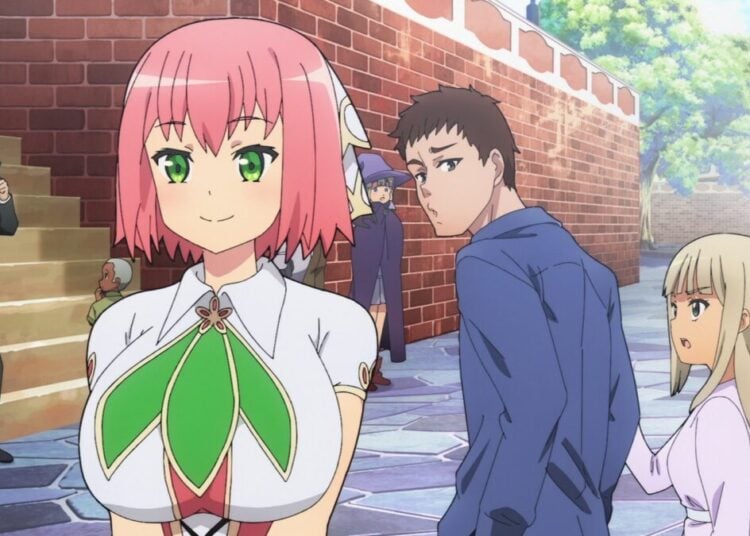There are times when Japanese as a language is surprisingly easy. While poor Japanese people have to memorize the names of the twelve months, going the other way is easier, since the months are simply ichi-gatsu, ni-gatsu (lit. “1-month, 2-month”), etc. Also, a lot of the really nasty grammar that exists in English, such as conditional statements like “if she hadn’t gone to university, she wouldn’t have met her future husband,” simply don’t exist in Japanese, making it easier for foreign learners. Then there are areas of Japanese that are decidedly more complex than we’d like them to be. While kanji fundamentally have two readings (the kun or Japanese reading and the on or Chinese one), there are exceptions, and one of the worst is the kanji for “life” which has many different ways to read it. The verb “to live” (as in, to be alive) is ikiru, while “life” can be seikatsu (someone’s daily life), seimei (the biological term), inochi (a person’s precious life), or jinsei (the span of a person’s entire life). Oh, and the same kanji also expresses nama, meaning “raw” (as in sushi), “draft” (as in beer) or “live” (as in a live news feed on TV). The simple word “to wear” can also be a challenge, as there are several different words, including kiru (to wear around your body, like a T-shirt), kaburu (to wear something on your head, like a hat), suru (to wear things like rings or gloves), and haku (for anything work below the waist, like pantsu, socks or shoes), and it seems foreigners will always pick the wrong word. (If you accidentally said pantsu o kaburu it’d mean wearing your underwear on your head.) In the Strike Witches anime, they use the word haku when “wearing” the Striker Units that let them fly.

Expressing certain ideas in another language can be quite complex.















